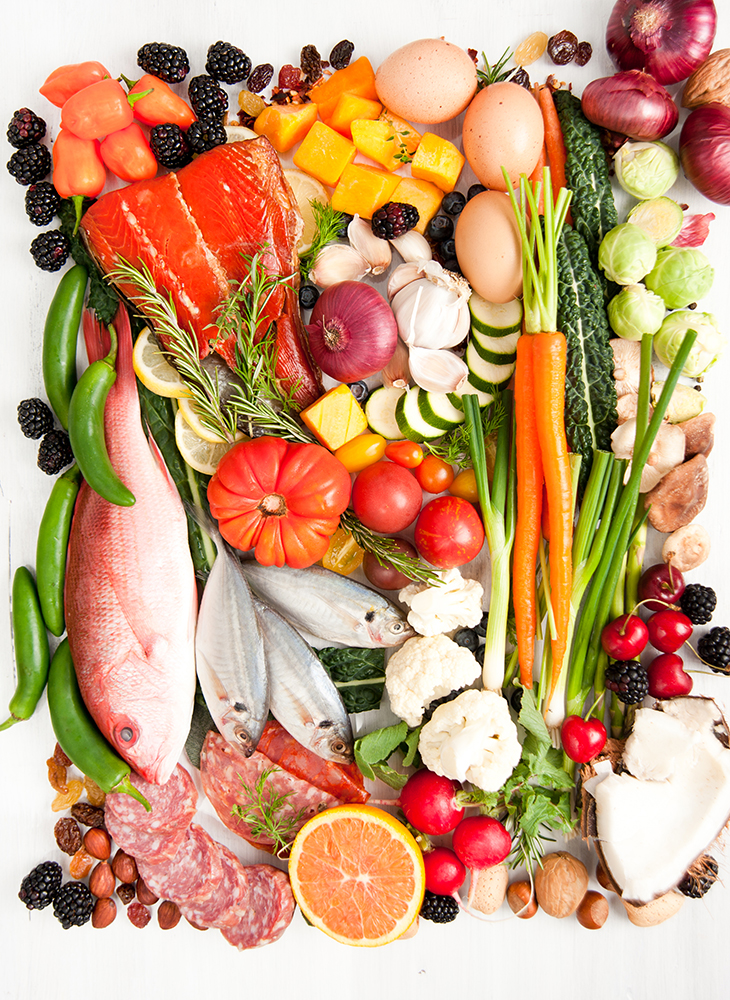10 Simple Steps to Start Eating Healthier
Whether you have tried every diet in the book to lose weight or just want to modify your food choices to improve your health, making change isn’t always easy. Experts say it can take 3-4 weeks for a new behavior to become a habit and I have seen…



 What are they?
What are they?

